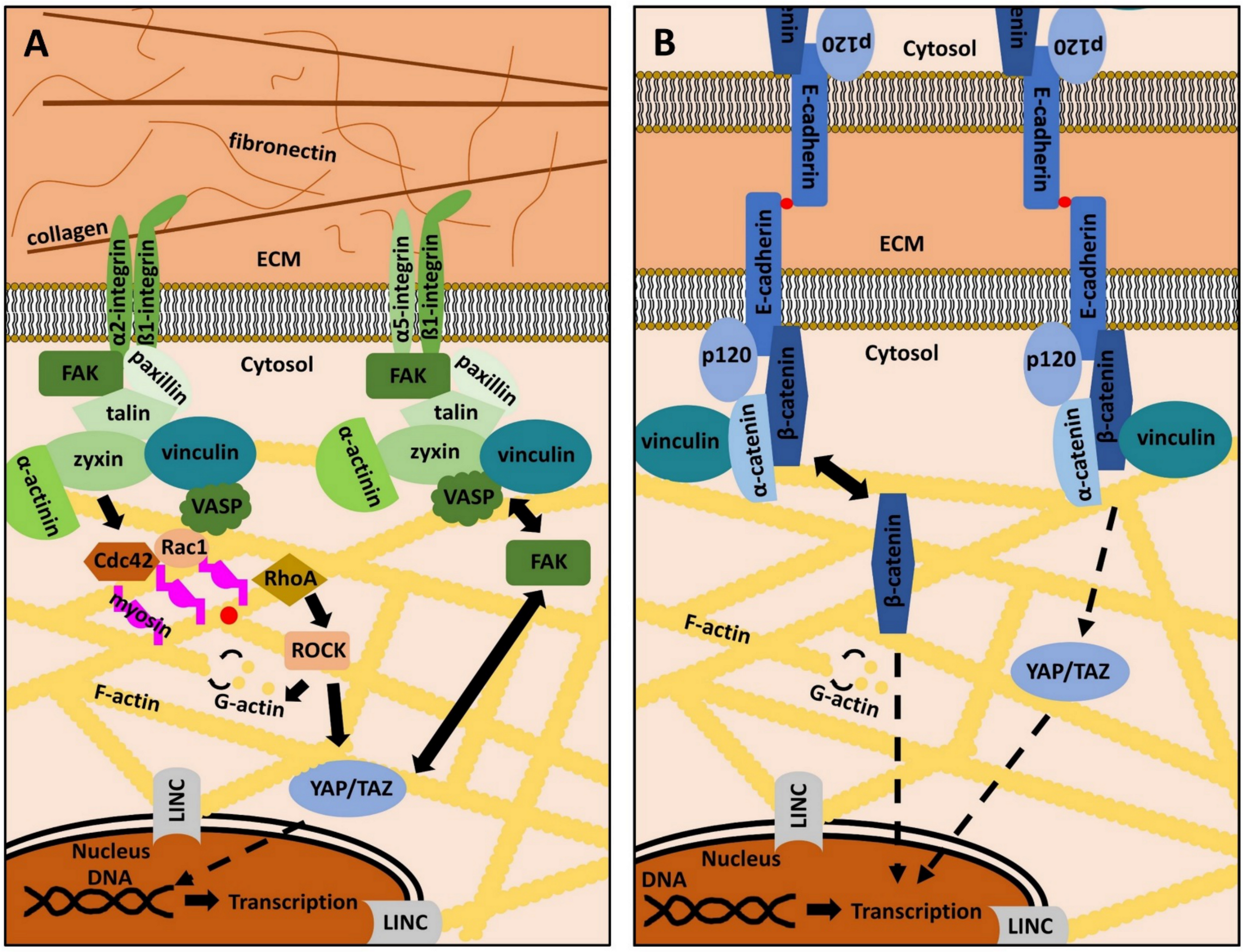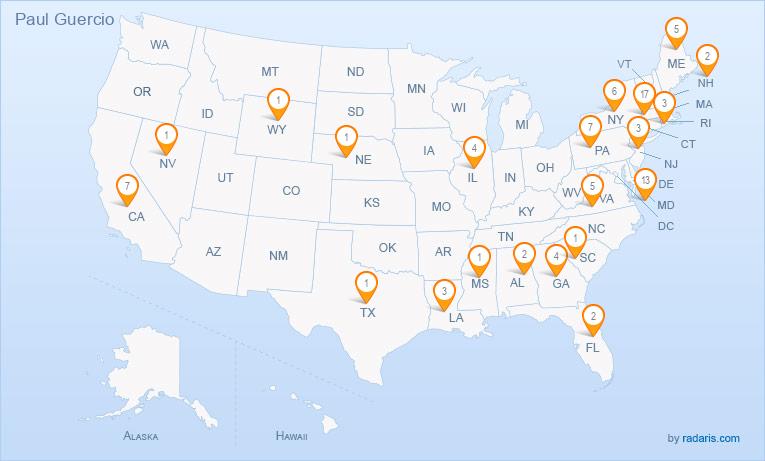
However, in the last decade, Las was reported for the first time in Ethiopia 10 and more recently in Uganda in 2016 25, although the reported occurrences in Uganda were subsequently shown to have been misidentifications 27. Among the diseases, ACG remains the most prevalent, particularly in the mid to high altitude areas of Eastern Africa and is primarily attributed to Laf 24, 25, 26. Several biotic and abiotic factors have been responsible for the decreasing yields, with pests and diseases among the most important 23. Furthermore, fruit yield at the smallholder level is about 10 t/ha, far below the potential of 75 t/ha 18, 22. However, production has been on the decline in East Africa, particularly in the highland regions 19, 21. Citrus production provides a source of income for farmers, as well as a ready source of vitamin for home-consumption 19. zanthoxyli (LafZ) 13, 16, 17.Ĭitrus is the most extensively cultivated fruit crop in Kenya 18, 19 with annual production ranging from 61 to 135 tons between 20 20.

vepridis (LafV), and Candidatus Liberibacter africanus subsp. teclae (LafT), Candidatus Liberibacter africanus subsp. clausenae (LafCl), Candidatus Liberibacter africanus subsp. capensis (LafC), Candidatus Liberibacter africanus subsp. Additionally, several subspecies of Laf have been reported, including Candidatus Liberibacter subsp.

This pathogen is principally transmitted by Trioza erytreae (Del Guercio) (Triozidae), also known as the African citrus triozid 14, 15. Laf is heat-sensitive and is associated with African citrus greening disease (ACG) 11, 12, 13. In addition to Las and Lam, the citrus-infecting Liberibacter genus contains another species: Candidatus Liberibacter africanus (Laf) 1. Diaphorina citri is distributed in Asia, the United States, Central America, Ethiopia and Brazil 5, 6, 7, 8, 9, 10. Las is heat-tolerant and associated with the severe HLB which is transmitted by the Asian citrus psyllid Diaphorina citri Kuwayama (Liviidae) 4. The disease is associated with Candidatus Liberibacter asiaticus (Las) and Candidatus Liberibacter americanus (Lam), which are phloem-limited, fastidious, gram-negative bacteria belonging to the alpha subdivision of Proteobacteria 2, 3. Huanglongbing (HLB) is presently one of the most destructive plant diseases affecting citrus groves worldwide 1. These findings will guide in the development of an integrated pest management strategy to ACG/HLB management in Africa. Moreover, the potential distribution in Eastern Africa covered important citrus-producing parts of Ethiopia, Kenya, Uganda and Tanzania, and included regions where the disease has not been reported. The projection showed large areas of suitability for the pathogen in the three countries surveyed. Finally, we modelled the potential habitat suitability of Las in Eastern Africa using Ma圎nt. We detected Las in Kenya for the first time from three sites in the coastal region. The rplJ sequences revealed the most prevalent Liberibacters in Uganda and Ethiopia were LafCl (22%) and Las (17%), respectively. We detected generic Liberibacter in 26%, 21% and 66% of plants tested from Uganda, Ethiopia and Kenya, respectively. Subsequently, we sequenced the 50 S ribosomal protein L10 ( rplJ) gene region in samples positive for Liberibacters and identified the species by comparison with public sequence data using phylogenetic reconstruction and genetic distances. We assessed the presence of generic Liberibacter in symptomatic leaf samples by quantitative PCR.

Thus, we aimed to identify the Liberibacter species affecting citrus, the associated vectors in Eastern Africa and their ecological distribution. In recent years, Candidatus Liberibacter asiaticus (Las) associated with the severe HLB has been reported in Ethiopia. In Africa and the Mascarene Islands, a similar disease is known as African citrus greening (ACG) and is associated with the bacterium Candidatus Liberibacter africanus (Laf). Huanglongbing (HLB) is a serious disease of Citrus sp.


 0 kommentar(er)
0 kommentar(er)
